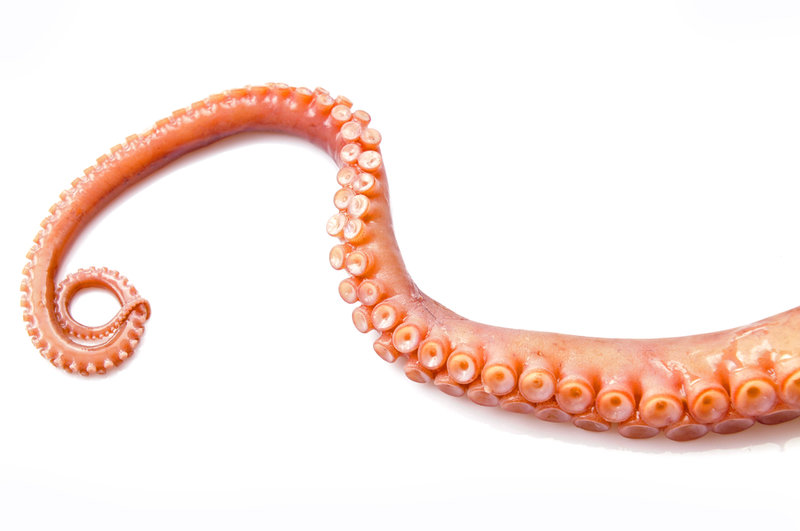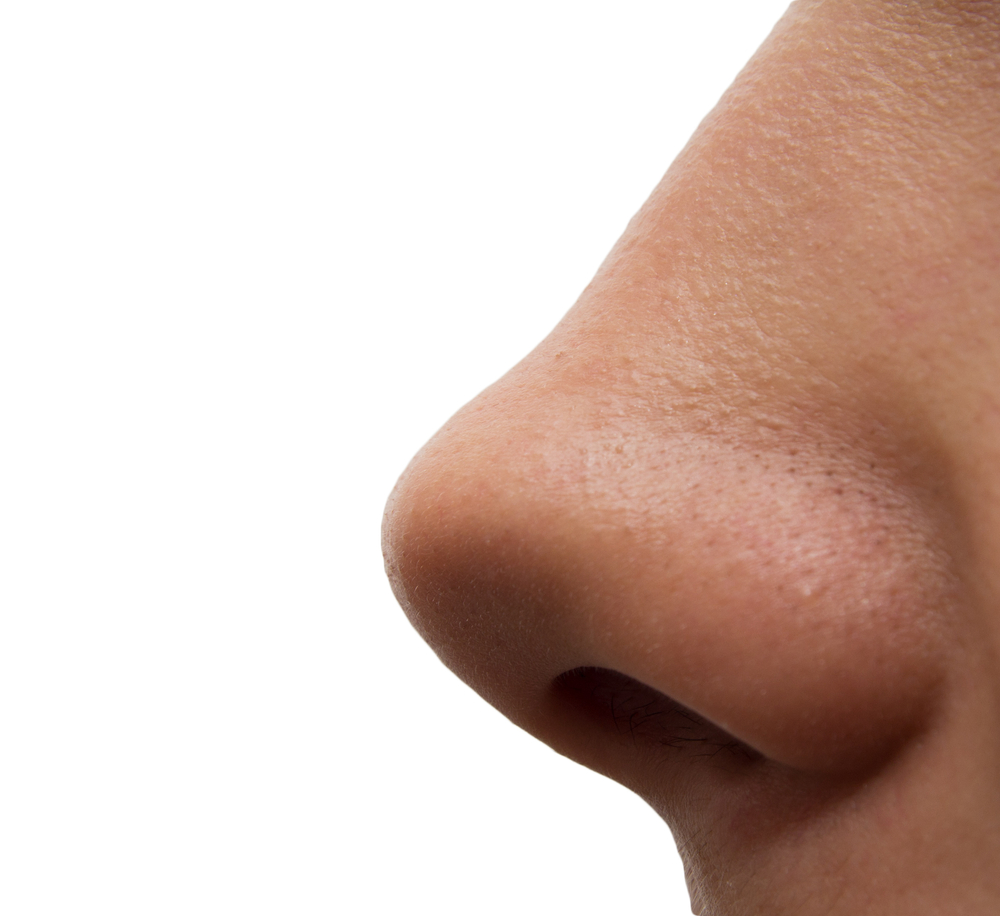Body Beautiful: The 5 Strangest Prosthetic Limbs

Introduction

The body is an amazing thing, but when something goes wrong, people need replacements for eyes, ears, and everything in between.
Luckily, scientists have been working on functional and beautiful body part stand-ins for decades. From bionic eyes to fake penises, here are five of the weirdest prostheses out there.
Penis prostheses

For men with certain congenital problems or even erectile dysfunction, a penile implantcan be a life-changing technology. Some of these prostheses are simply rigid rods that create an always-erect penis, while others use fluid to pump up and deflate the member depending on the situation.
Mermaid tail

While some efforts replace real limbs, others are more fanciful. Nadya Vassey, an amputee, was fielding questions from a little boy about her prosthetic legs at the pool one day when she joked that she was a mermaid. Inspired, she went out and got a mermaid tail designed using a hard plastic spine and a Lycra skin. Amazingly, the tail works quite well for swimming, TV New Zealand reported. (And sorry to burst your bubble, but real mermaids don't exist.)
Octopus arm

For those who are bored with humdrum human arms, there's always inspiration in the sea. University of Washington designer Kaylene Kau has created a prosthetic arm that curls around objects like an octopustentacle. The arm is threaded with wires and powered by motors and can grip a variety of objects.
Functioning eyeball

Several researchers have developed visual prostheses that go light-years beyond glass eyes and could one day help blind people see again. Many of these prostheses use electrical signals to recreate the retina, which detects light. So far, only one company, Second Sight, has received FDA approval for their bionic eyes. That system uses a tiny camera to view the world and a computer that converts that data into electrical signals the brain can interpret. In a 2013 study in the British Journal of Ophthalmology, the eye allowed 21 blind patients to find and identify objects and people and even read four-letter words.
Nose replacement

Prosthetic noses have come a long way since astronomer Tycho Brahereplaced the nose he lost in a duel with a metal version. Scientists at the University College London have developed a prosthetic nose complete with mucous membranes and tiny blood vessels. In the technique, a mold of the person's original nose is taken and a glass mold is sprayed with a polymer scaffold. Bone marrow cells are added to the nose shape and grow over it, after which the nose is surgically implanted on a patient's arm. Finally, the prosthetic is attached to the face by reconnecting hundreds of blood vessels. The last step seeds the nose with mucous membranes cells, which makes the nose functional.
Get the world’s most fascinating discoveries delivered straight to your inbox.

Tia is the editor-in-chief (premium) and was formerly managing editor and senior writer for Live Science. Her work has appeared in Scientific American, Wired.com, Science News and other outlets. She holds a master's degree in bioengineering from the University of Washington, a graduate certificate in science writing from UC Santa Cruz and a bachelor's degree in mechanical engineering from the University of Texas at Austin. Tia was part of a team at the Milwaukee Journal Sentinel that published the Empty Cradles series on preterm births, which won multiple awards, including the 2012 Casey Medal for Meritorious Journalism.


